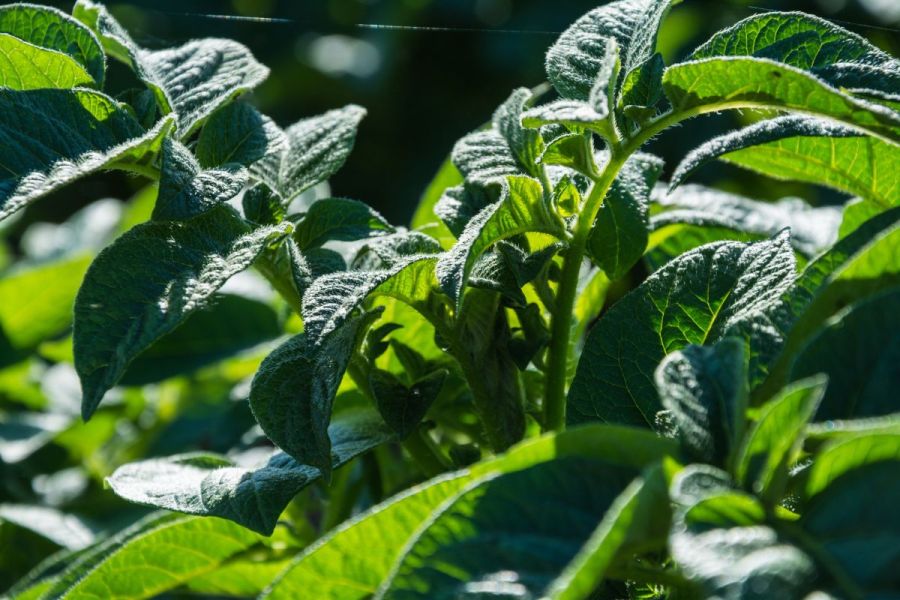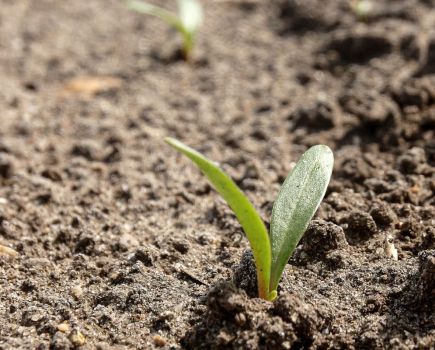What makes a successful potato business? According to Nuffield Scholar, Harry Barnett, there are five key areas which can make or break an enterprise. CPM shares his thoughts.
“The best businesses have great timing and most of that’s driven by having the infrastructure and capacity to operate on the right day.” – HARRY BARNETT
By Mike Abram
Successful global potato businesses stand out in how they manage five core areas, according to conclusions drawn by Nuffield Scholar, Harry Barnett, following 10 weeks of international travel.
The Holkham Emerald director visited farms and potato businesses in Poland, Germany, Belgium, France, Ireland, USA and Canada to research how to counteract the agronomic and market challenges facing the UK potato sector.
He says the experience gave amazing insight. “And the following five core areas are what I think make the best businesses around the world – where they stand out compared with their rivals and even their neighbours.”
The first is water, which Harry believes will shape the global potato industry during the next few decades. “This is because too much water when we don’t want it during planting and harvesting, and not enough during growing periods, is defining where we are today,” he continues.
INVESTMENT IN IRRIGATION
It’s one of the reasons why Holkham Emerald – a joint venture between the 10,000ha Holkham Estate in north Norfolk and Emerald Produce, a produce marketing company specialising in importing and exporting potatoes including growing its own – has invested heavily in irrigation infrastructure during recent years, says Harry.
Formed in 2009, the business has grown considerably off the back of extending irrigation infrastructure to allow potato growing on new blocks of land in Norfolk. It’s also been a part of a shift in the business’s strategy, moving from what was a cash-orientated enterprise with no storage or other capital assets to one that’s invested heavily in machinery and a 6500t storage and grading facility.
The investment in irrigation is helping to maximise marketable yields, while machinery and storage mean the business is better positioned to take control of weather-related and other operational challenges than when relying on contractors, he comments. “It’s vital we take control of those risk areas and have an ability to affect change.”
That includes managing soils more effectively to build resilience to more extreme weather events, while also helping with the next core area Harry has identified – operational timing and capacity. “The best businesses have great timing and most of that’s driven by having the infrastructure and capacity to operate on the right day.
“With tighter weather windows, it’s vitally important to plant potatoes and harvest them in the best conditions to maximise outcomes. It’s why we took the plunge to move away from contractors and third-party storage to putting facilities onto the farm so we can hit timings. The difference in yield potential if you get good timings is huge,” says Harry.
But switching away from contractors didn’t come without its challenges, he highlights. “We underestimated what good value we had from contractors – they could do things cheaper than we could in the first couple of years and we made rookie errors as new operators of machinery,” he admits. “But, I think we had to go through that process to get to where we are now – it’s been a huge step forward.”
Taking more control of the rotation is another success factor, as per all the best businesses, believes Harry. “I’ve seen farms in North America and even Belgium to some extent where they’re growing potatoes every year, or every other year, and the model is very fragile – it’s propped up by ag chem use, but you can see cracks starting to appear.”
Although such rotations are very infrequent in the UK, Harry says potato businesses have to look at how individual crops in a rotation complement each other to help avoid pest and other agronomic challenges, which can be often linked to poor rotational management.
WIREWORM PRESSURE
He shares that wireworm in particular has been a challenge at Holkham, exacerbated by the introduction of cover crops and leys into the rotation. And with a zero tolerance to wireworm damage in the high value set skin salad potatoes the business mostly specialises in, it’s meant they’ve decided against including leys in the rotation, says Harry.
“Controlling the rotation is a challenge for many potato growers as they don’t have full influence on it. But as an industry, money talks, so we have to step into our landlord’s rotation and try to offer some form of control.
“If landlords aren’t receptive, we don’t have to rent that land. That’s the message we have to put across to get better rotations.”
At Holkham, one of the first farms to adopt the Norfolk four-course rotation, land and soil management remains important to the landowner, Lord Coke, shares Harry. “We’re even toying with the idea of a ‘potato holiday’ to rest land for long periods because Lord Coke wants to hand land on in the same or better condition than it is today. He doesn’t want to be known as the one who degraded that soil.”
Seed and breeding make up the fourth pillar identified by Harry. “The best businesses are able to procure seed early and have a clear plan of what they require – building relationships with their end user and seed grower, so you can trust the quality of seed that’s being delivered onto farm and that it has an end market.”
He says he’s encouraged by the advances in technology which breeders are using to generate new varieties. “It’s making it so much easier to bring through material with resistance [to agronomic challenges] even than five years ago. But as an industry, we have to make our voices heard regarding what we want in the varieties of the future. I don’t think we’ve been clear about that and talking to breeders, they’re a little unsure.”
One thing Harry is sure about is the importance of people – his fifth and final area which successful businesses excel in. “It’s overlooked too much in agriculture, but the best potato businesses around the world have the best people.
“It doesn’t matter what soil type they’re working with or the challenges they have to overcome on the farm, the best people can react, recognise problems and resolve them,” he concludes.
Material for this article was obtained during the CUPGRA conference in December plus subsequent interviews.
This article was taken from the latest issue of CPM. Read the article in full here.
For more articles like this, subscribe here.
Sign up for Crop Production Magazine’s FREE e-newsletter here.




